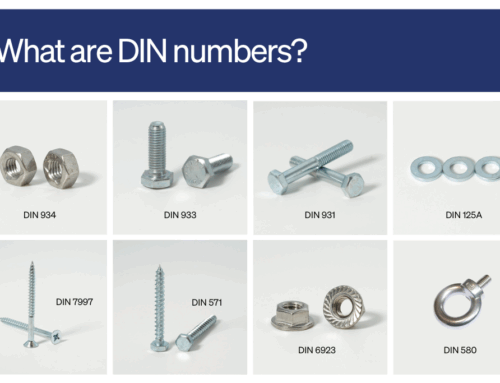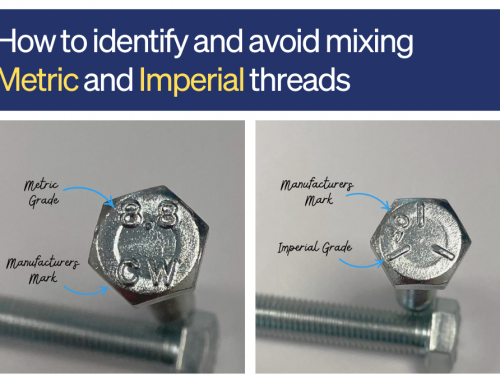We’ve all been there — you’re halfway through a job, and the screwdriver slips. Suddenly, the head of your screw or bolt is rounded off and refuses to budge. Don’t panic. With a few tricks and the right tools, you can still get that stubborn fastener out without resorting to brute force.
Here’s how to do it safely and efficiently.
Why Screws and Bolts Get Rounded
A rounded-off screw or bolt head usually happens when:
- The wrong driver size or type is used
- Too much torque is applied too quickly
- Low-quality tools or fasteners are involved
- Corrosion or paint buildup makes removal difficult
Once the drive is stripped, your screwdriver or bit no longer has enough grip to turn it — but there are ways around it.
1. Switch Tools First
Before you grab the pliers, try a different bit:
- If you were using a Phillips, try a flat-head screwdriver that fits snugly across the damaged head.
- Sometimes, an Allen key or Torx bit can bite into the remaining metal enough to turn it.
- Apply firm, steady pressure — not jerky movements.
2. Add Grip
If the screw head is only slightly damaged, you can improve traction with:
- A rubber band: Place a thick rubber band between the screw head and the driver tip, then apply firm, slow pressure as you turn.
- Valve grinding compound or lapping paste: Adds friction between the bit and the head.
This can be surprisingly effective for light stripping.
3. Use Pliers
If the head is exposed, locking pliers (like Vise-Grips) are your best friend.
- Clamp them tightly around the head.
- Gently rock the screw back and forth before trying to turn it fully.
- If it’s a bolt, a socket wrench or adjustable spanner might also work.
4. Try an Impact Driver
An impact driver uses downward force and rotation at the same time, helping loosen stuck or corroded fasteners without further rounding.
Just make sure you’re using the correct bit size — this is where the first mistake usually happens.
5. Heat and Penetrating Oil
If corrosion or rust is the culprit:
- Spray penetrating oil (like WD-40) around the head and threads.
- Let it sit for 10–15 minutes (or overnight if needed).
- For metal parts, gently apply heat with a heat gun to expand the metal slightly before trying again.
Avoid using open flames unless you know it’s safe for the material.
6. Use a Screw Extractor Kit
When nothing else works, it’s time to bring out the big guns — a screw extractor kit.
- Drill a small pilot hole into the center of the damaged screw head.
- Insert the extractor and turn it counterclockwise with a tap wrench or drill (set to reverse).
- The spiral flutes grip the screw and back it out.
Extractor kits are inexpensive and an absolute must-have for anyone who works with fasteners regularly.
7. Last Resort: Drill It Out
If the screw is beyond saving:
- Use a drill bit slightly smaller than the screw shaft.
- Drill through the head until it separates from the shaft.
- Remove the remaining piece with pliers once the head is gone.
This should be your last step, but it always works if all else fails.
Preventing Rounded Heads in the Future
- Always match the correct driver type and size to the fastener.
- Use high-quality bits and tools — cheap ones wear out quickly.
- Apply steady pressure and let the tool do the work.
- Keep threads clean and lubricated to prevent corrosion.
Preventing Rounded Heads in the Future
- Always match the correct driver type and size to the fastener.
- Use high-quality bits and tools — cheap ones wear out quickly.
- Apply steady pressure and let the tool do the work.
- Keep threads clean and lubricated to prevent corrosion.




